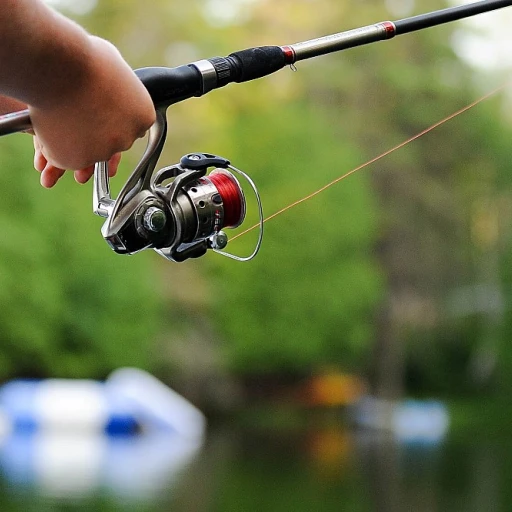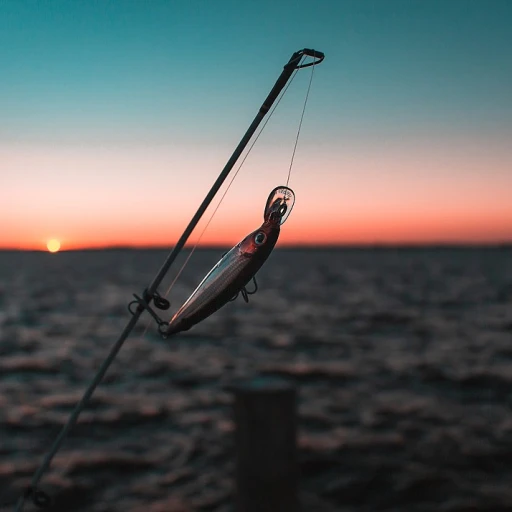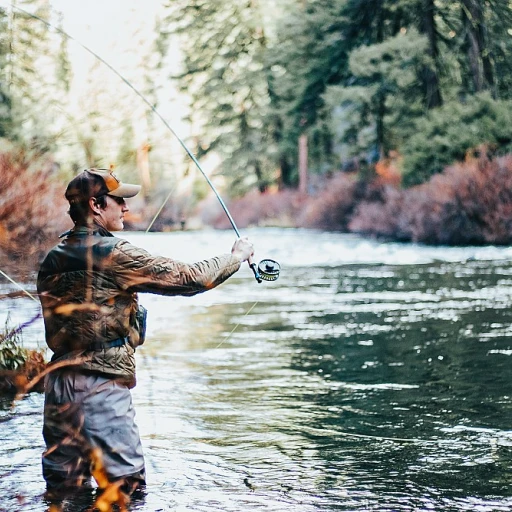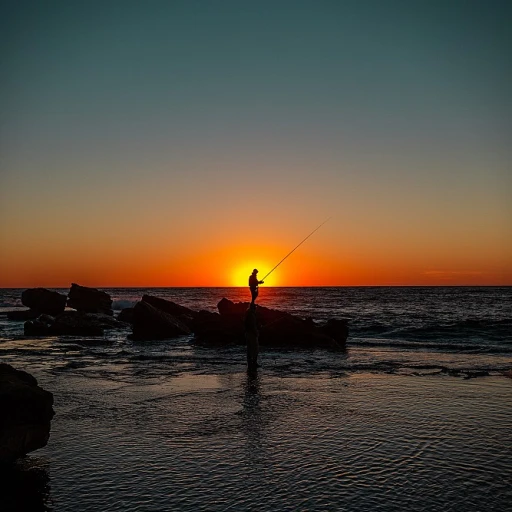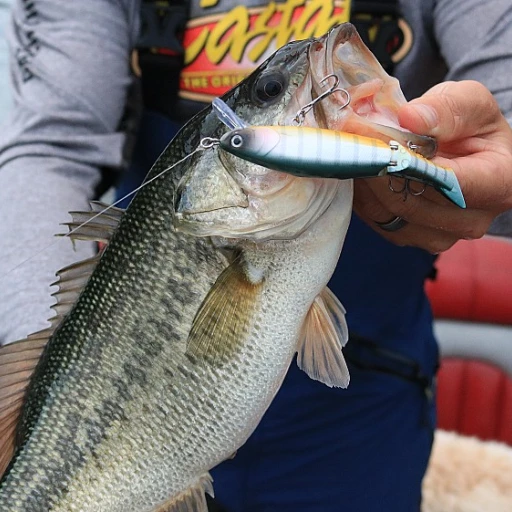Understanding Braid Strength
Grasping the Concept of Braid Strength
When it comes to boat angling, understanding braid strength is essential. Braid is distinguishable from monofilament fishing lines due to its distinctive strength-to-diameter ratio and low stretch features. Learning about different aspects of braid and how it will impact your fishing experience can make a significant difference in your catch success. Unlike monofilament lines which tend to stretch, braided lines offer remarkable sensitivity to even the slightest movements. This sensitivity becomes a major advantage for anglers targeting fast-moving fish like bass, especially in deep water. Additionally, braid equipped on a spinning reel helps increase casting distance, beneficial when fishing from the shore or the boat, while also maintaining accuracy. Braid's no-stretch property allows for what many consider a "direct connection" feel, enabling you to detect bites with great precision. This makes braided line a popular choice for those involved in lure fishing, as the prompt response from a strike can make all the difference when converting bites to catches. Another factor to consider is the braided line's ability to handle heavy loads or large fish, represented by the "pound test" rating. Pound test refers to the amount of weight a line can handle before breaking, making it crucial when targeting larger species. Saltwater fishing often demands higher pound braid, as it withstands the harsh conditions and the possible encounter with bigger sea creatures. Enhanced abrasion resistance is also one of the reasons why many sea fishing enthusiasts prefer braid, particularly when fishing near rocky terrains or areas with underwater obstacles. To complement this, using a shock leader serves as a buffer when using braid, further increasing the line’s durability and reducing breakoffs during hard strikes. Exploring the excitement of high-stakes fishing and understanding how braid strength factors into this experience can dramatically elevate your fishing prowess and enjoyment. Dive deeper into the thrill of pursuing big game fish to fully appreciate how choosing the right braid makes this pursuit possible.Factors Influencing Braid Strength Choice
Key Considerations for Choosing Braid Strength
When selecting the right braid strength for your boat angling adventures, several factors come into play. Understanding these can make the difference between a successful day on the water and going home empty-handed. Here are key considerations:
- Target Fish Species: The type of fish you're targeting significantly impacts your choice. For example, heavier pound braids are suitable for larger sea fishing, like bass fishing or the excitement of pursuing blue marlin. The breaking strain must withstand the fish's weight and power.
- Fishing Environment: Whether casting off the shore or boat fishing in deeper water, your environment dictates the required abrasion resistance of your line. Sea fishing often demands stronger lines due to rough seabeds and potential obstacles.
- Casting Distance: If maximizing your casting distance is a priority, opt for lighter braided lines that offset their lack of stretch with increased sensitivity. This is particularly crucial for lure fishing when subtlety and precision are needed.
- Reel and Rod Compatibility: Ensure that your spinning reel and rod reel are compatible with your chosen braid strength. Heavier lines can affect casting performance if your setup isn't equipped to handle the increased load.
- Leader Integration: Consider if you'll be using a shock leader. Combining braid with a mono leader or braided leader can offer a balanced mix of strength and flexibility, reducing the risk of line failure at the knot.
Selecting the best braid requires an understanding of these influencing factors. Knowledgeable anglers align their choices with their specific fishing tips and strategies, ensuring that their gear is as prepared as they are for their angling adventures.
Comparing Braid to Other Fishing Lines
Understanding the Differences in Fishing Lines
When comparing braided lines to other types of fishing lines like monofilament, it's important to evaluate their unique characteristics and how they align with your angling goals. Braided lines stand out for their exceptional strength-to-diameter ratio, which means you can spool a higher pound test on your reel without compromising casting distance. This feature is particularly beneficial for bass fishing and saltwater fishing, where a strong yet lightweight line is crucial. In contrast, monofilament lines are known for their stretch, which can provide a slight shock absorption when casting lures. This property is beneficial for anglers targeting particular fish where a shock leader might be unnecessary. However, mono lines typically have less abrasion resistance and can fray more easily when fishing near rocky shores or structures. Additionally, braided lines are less visible in water compared to monofilament lines, making them a good choice for lure fishing where stealth can be a factor. For anglers using a spinning reel or rod reel setup when fishing from a boat or shore, the reduced stretch of braided lines allows for more sensitivity and precise control over the lure. While weighing your options, consider the environmental conditions and the type of fish you're targeting. Each line type has its strengths and weaknesses, and understanding these differences will ensure that you select the best line for your specific fishing needs. For a deeper dive into fishing gear considerations, check out this article on the best saltwater fly reels for your fishing adventures.Common Braid Strength Ratings
Commonly Used Strengths in Braided Lines
When it comes to fishing lines, braided lines offer various strength ratings that cater to different angling needs, from casting off a boat to more adventurous shore fishing. Understanding these ratings is vital for excellent performance in lure fishing, sea fishing, and more. Here’s a brief overview to help you select the right braid strength for your needs.
While line strength is typically measured in pounds, or pound test, it’s essential to recognize that different fishing conditions and techniques will necessitate varying levels of strength:
- 10-20 pound braid: Ideal for bass fishing, where precision and handling are critical. It provides a good compromise between casting distance and abrasion resistance.
- 30-50 pound braid: Fits well with more robust species and saltwater fishing scenarios. A good option for flukes or striped bass from a surfcasting perspective.
- 65-80 pound braid: Suitable for battling bigger fish such as muskie or larger saltwater species. It’s perfect for anglers venturing into the deep or those using heavy lures and larger reel setups.
It’s important to consider that braided lines, unlike monofilament or braid mono, have little to no stretch, thus impacting how energy is transferred during a catch. This attribute enhances the overall breaking strain and sensitivity, making braided fishing lines a good choice for detecting subtle fish bites. Pairing your braid with the right rod reel and shock leader ensures that you’re prepared for the varying demands of fishing, whether it’s mono for lubrication and landing fish from shore or designing leader compositions for abrasion resistance and durability out at sea.
Tips for Selecting the Right Braid
Choosing the Perfect Braid for Successful Fishing
When it comes to selecting the right braid for your fishing adventures, there are a few key considerations that can help you make the best choice. Whether you're setting out for bass fishing or saltwater angling, your decision can significantly impact your fishing experience and success.
- Braid Pound Test: The pound test rating is your guide to the strength of the braided lines you'll need. Consider the size of fish you're targeting and the conditions in which you'll be casting, from shore to sea fishing. Higher pound tests offer greater breaking strain for tackling larger fish, but for general lure fishing, you might find lighter braid suits best.
- Match Braid to Your Reel and Rod: Ensure your chosen braid is well-matched to your spinning reel and rod setup. This balance is crucial to achieving optimal casting distance and accuracy, especially when combined with a good shock leader for added abrasion resistance.
- Abrasion Resistance: When fishing in areas with rough terrain or cover, such as when boat angling or casting near rocky shores, a braid with high abrasion resistance will serve well against wear and tear.
- Consider Fishing Environment: If sea fishing or targeting fish from a boat, you might require different braid characteristics than when angling in freshwater from the shore. Tailor your line to the environment to maintain performance and durability.
- Versatility with Braid Mono and Leader: Many anglers pair braid with mono leaders for versatility, benefitting from the braid's no-stretch properties while the mono provides a more natural lure presentation. This strategy is excellent for adapting to various fishing situations.
Ultimately, the best braid for your fishing needs will depend on a combination of factors, including the type of fish, fishing lines, and your reel and rod setup. By understanding these elements, you can make an informed choice that enhances your fishing experience and boosts your chances of success.
Maintaining and Caring for Your Braid Line
Caring for Your Braid Line: Tips to Maintain Performance
Maintaining your braided fishing line is crucial to getting the most out of your investment and ensuring consistent performance on your fishing trips. Here are some essential tips to help you maintain your braid and prolong its lifespan:- Regular Inspection: Always check your braided lines for abrasion resistance, especially after a day of saltwater fishing. Salt and debris can cause your line to weaken. Inspect the line for any signs of wear and replace it if necessary.
- Proper Storage: When not in use, store your braid in a cool, dry place to prevent damage from UV rays and moisture. Avoid leaving your reel exposed to sunlight for extended periods.
- Rinse After Saltwater Use: Salt can be corrosive and degrade your fishing lines. After sea fishing, rinse your braid with fresh water to remove any salt residue. This is particularly vital for maintaining the breaking strain of your line.
- Avoid Overfilling the Reel: Overfilling your spinning reel with braid can lead to tangles and reduced casting distance. Ensure your reel is filled just below the edge to allow room for the line to move freely.
- Check Knots: Regularly verify the condition of your knots. Whether you're using a braid leader or tying onto a monofilament leader, secure knots are essential for good lure action and preventing line breaks.
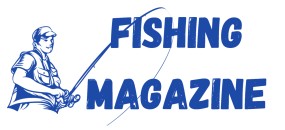
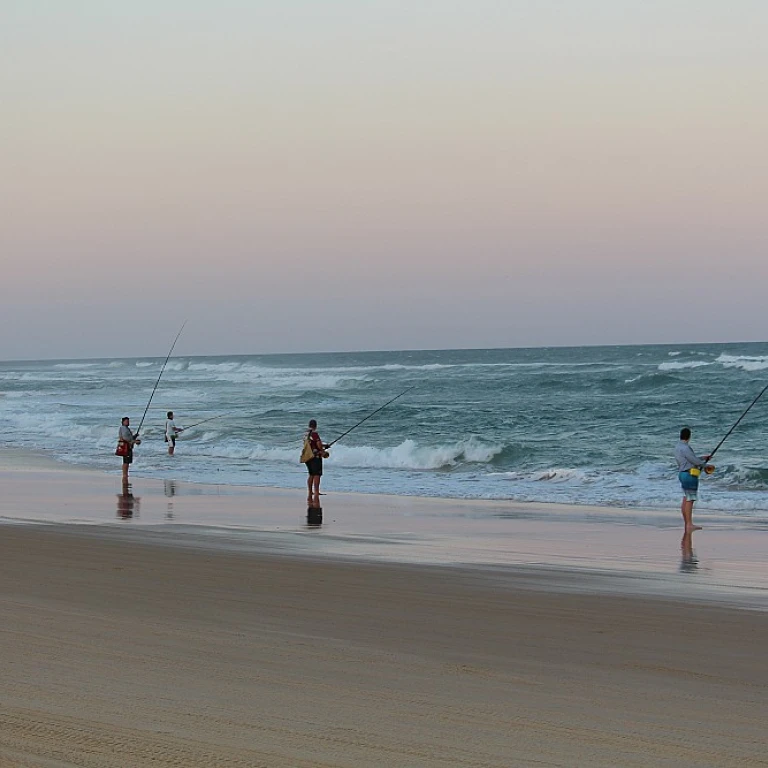
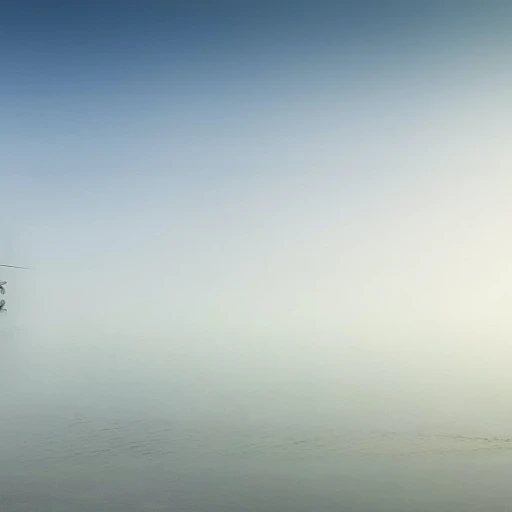
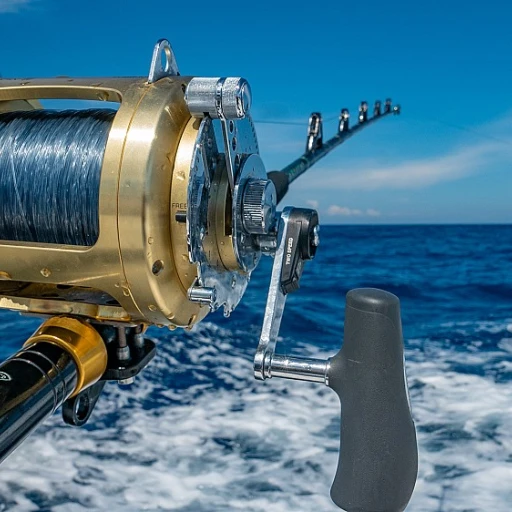
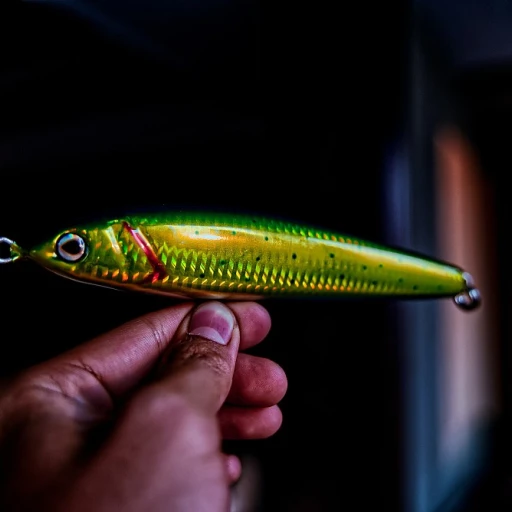

-large-teaser.webp)
